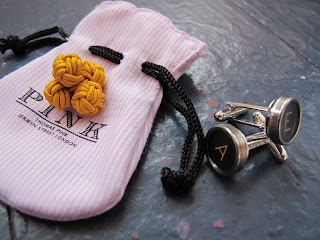A recent jaunt to New York City lead me to the Guggenheim, which although has a tremendous lineage of being one of the great visual scapes of the arts in North America, can be underwhelming with it mass of viral tourists. While Wassily Kandinsky was the artist that hugged the white helix, most fittingly recessed in the Guggenheim was Anish Kapoor’s work “memory”. The contradistinction between these two artists was presented itself in(as a) a contemplative tension between taunt lines & vacuums of color that depict images that seem to allow composition to abscond—verging on the visceral and the latter(also as) an ode to collapsing space.
To see such a voluminous body of Kandinsky’s work gives one the obvious ability to contrive some form of trajectory or providence. But, I shunted the notion. It seemed more apt to look for conclusions about his perception, how his meta-aesthetic collided with Kapoor’s. While, I have no perception(I can only imagine) of how the artists would respond to an individual reflecting upon their work as a dialectic constructing space, it seems to be the most appropriate modus operandi to assimilate the Guggenheim that evening. As I stepped out into the streets I was acutely aware that, a response to their work would have to divulge into the notion of the construction of space—how we demarcate it.
Kapoor notion of spatial construction is part of a concept that art is about the investigation of how we associate to space and things in them, “art objects have a thingness in themselves, which precipitate some form of a priori judgment” (judgment before thought—recognition of phenomena in our surrounding). Kapoor’s consciousness of artistic creation is tandem to Martin Heidegger’s notion of thingness. Heidegger conceived of thingness as something that codifies our association to the world as occurring from the encounter of things that exist in itself, a thing exists as its own, without adding value from the viewer in the case of art. To be a thing, it must have its own presence—an essence that delineates space. Memory exists as a thing, not as something that requires us to dabble into the construction of art, but rather in the art thing itself.
Please note: the first image of Memory is a view literally inside the piece, carved through the gallery wall.





